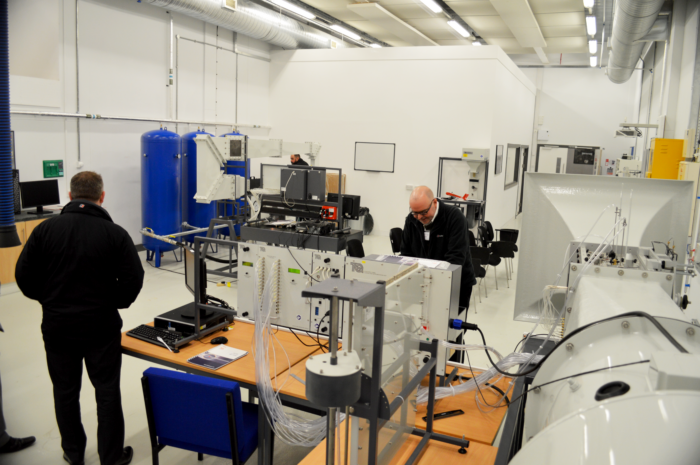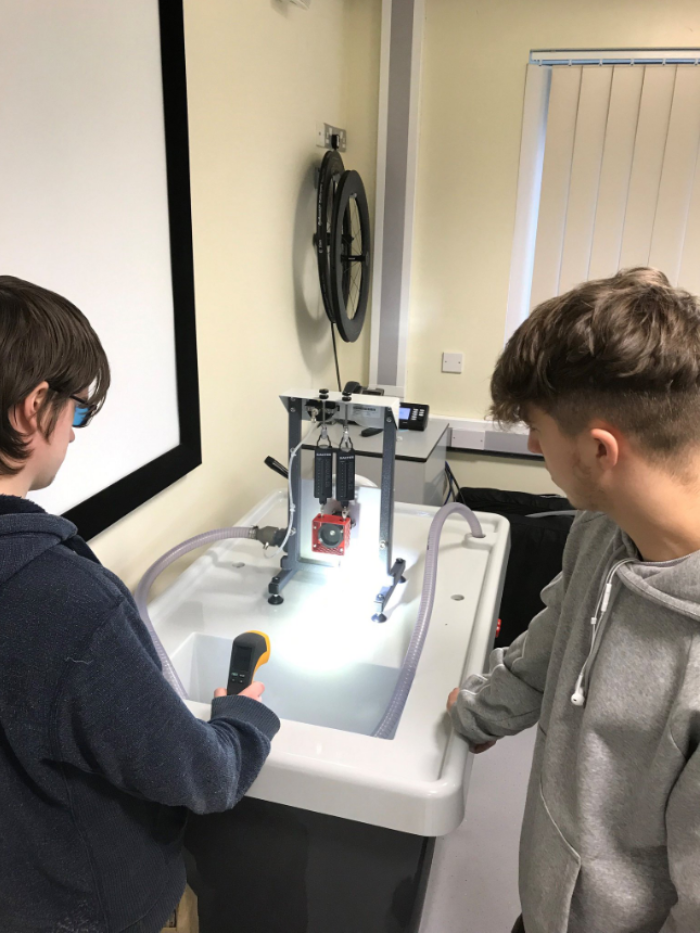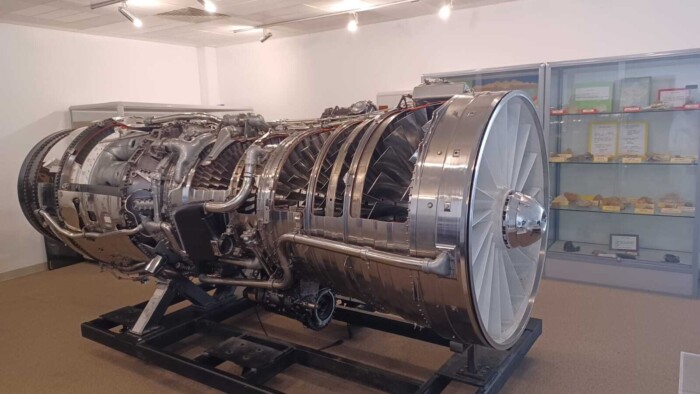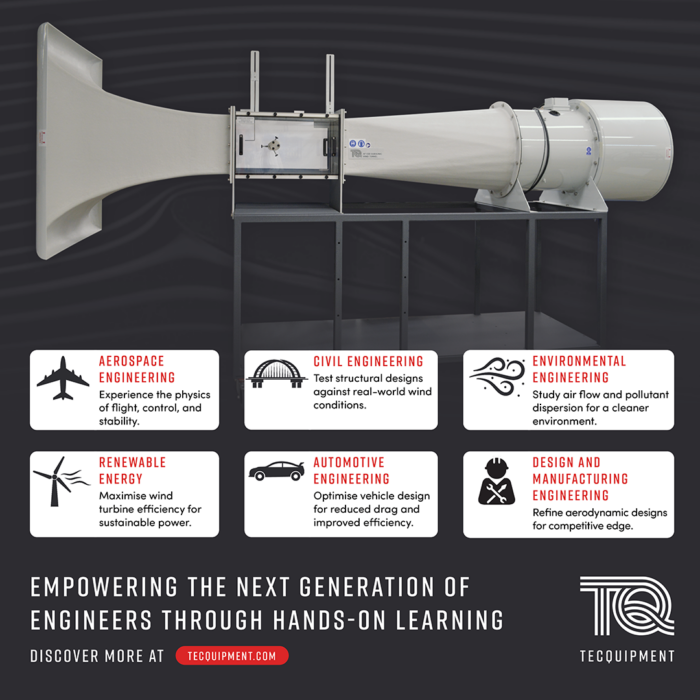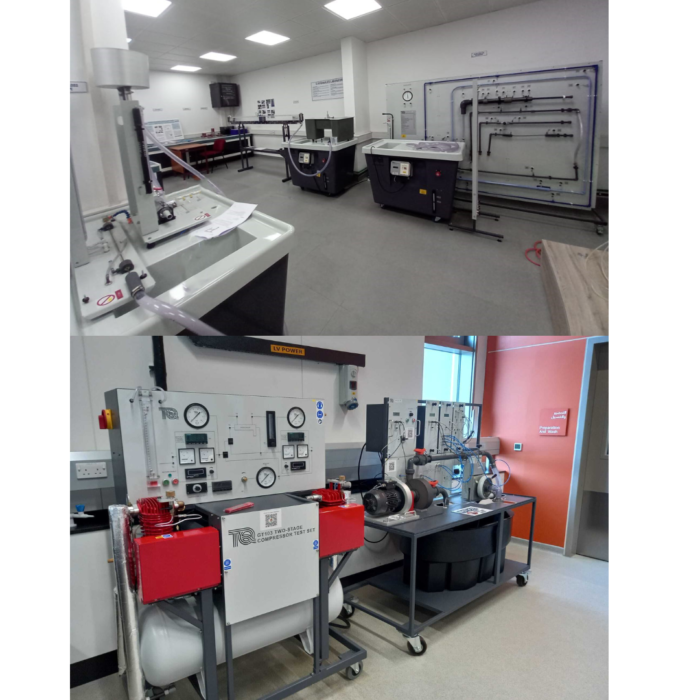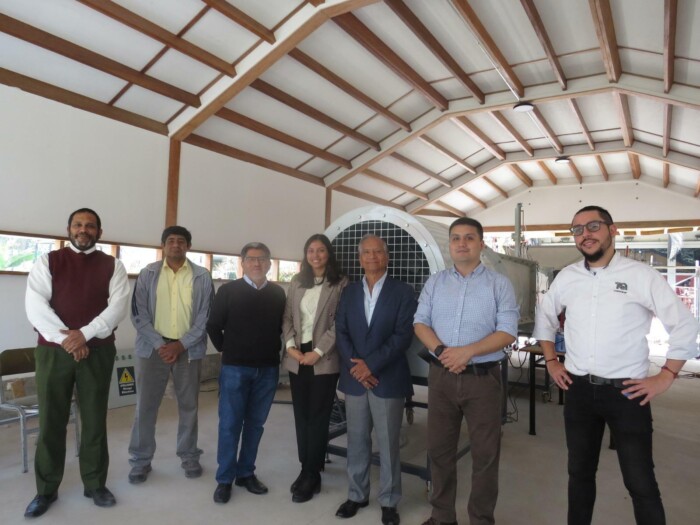It’s not just kids; all mammals display similar behaviour and it raises an important question. Why? Play is costly in terms of energy so why have they evolved to retain this capacity? The argument is that play is not accidental but instead serves several important purposes - not least, it helps us learn to co-operate and collaborate with each other and allows us to experiment with new creations.
That could be rather useful in the context of innovation - helping us find new ways to turn ideas into value.
Play as exploration space
Play is about using physical and virtual elements to construct a safe space in which to explore new stuff. How do we move from vague notions, hunches, half-formed ideas towards something more workable? Not by a single leap but by a series of stepping-stones, bridges, scaffolding — essentially playing with ideas about the problem. Kids do this naturally — from the moment they can start to hold and examine an object they begin to explore it, trying out all its possibilities. And when they play together they multiply the possible options in inspiring fashion — a humble cardboard box can become a spaceship, a shop, a stage, an article of clothing, and it can change its identity with impressive speed!
But It’s not just about exploring the new; play also helps us deal with the existing but tricky stuff. Think about the way a piece of theatre works (interestingly, we call what we see in the theatre a ‘play’). It’s somewhere we can engage with, explore, experiment with some of the deepest emotional and interpersonal challenges we face in our worlds — our complex social and political relationships, our underlying motivations, making explicit what we would normally keep hidden. The ‘fun’ element may not always be apparent but using the simulator/ laboratory of the play gives us a sort of quarantined environment in which it is safe to bring this stuff out into the open and explore it.
Enabling structures for play
So how do we support play? Enabling structures are critical — we need spaces in which play can take place. Think of the way a kindergarten works. Typically these are not austere classrooms but rather stimulating and interesting physical environments, equipped with play resources of many kinds, paints and bricks. These ‘play structures’ provide enabling scaffolding within which children can experiment and explore.
Increasingly we are seeing attention being paid to environments to enable innovation — for example the Googleplex, Apple’s new headquarters or the Pixar studios. The idea of ‘innovation labs’ has become a ‘must-have’ accessory for any organization (public or private sector) concerned with innovation, recognising the need for dedicated spaces within which experimentation can happen.
Games as structured play
But another key part of this enabling structure is the idea of games. Games are essentially structured play where a space is created within which different rules operate and into which we can immerse ourselves. Dave Gray and colleagues suggest that games represent a particular kind of play which have five key characteristics:
- Game space — an environment in which the rules of ordinary life are suspended and replaced with the rules of the game. In effect it involves a temporary alternative world.
- Boundaries — games have a definite point at which they start and end and other boundaries — for example in physical space. A football game has time and the boundaries of the pitch, for example.
- Rules for interaction — these define the way the game is played together with the game space boundaries
- Artefacts — these are elements which enable the game to be played or carry information about the riles. For example, the counters on a board game, the ball, bat and other equipment in a sport game, etc.
- Goal — games have a purpose and an end point, a winning state when the objective is achieved.
Games offer powerful opportunities to work with alternative worlds and explore, experiment, and create in focussed fashion.
The GAMIFY project
It's not surprising that learning to play is becoming an increasingly important theme in the innovation world. It’s one which is being explored in the GAMIFY project, a collaborative European programme involving universities, companies, and intermediaries. The underlying intention is to explore where and how games can be used in innovation and to establish patterns and processes through which we might construct games around innovation.
Part of the project involves working with companies like 3M, Lufthansa, Danske Bank, Generali, Karnstrup and Deutsche Telekom and developing some examples of games dealing with current ‘hot topic’ issues in the area — for example:
- Dealing with the sustainability challenge in innovation
- Managing innovation in the context of remote working
- Developing a ‘customer first’ orientation
- Business modelling and reconfiguring value propositions in innovation
- Overcoming innovation barriers in organizations
Learning to play — and playing to learn
There’s another angle to this — it’s not just about learning to play, there are also rich opportunities in playing to learn. The power of play is that it allows simulation, rehearsal, experiment and crucially failure in safe fashion. So, using play as an educational device offers a valuable approach — not least because it works with the way we are ‘hard-wired’. Play runs through the work of many educational theorists like Piaget, who saw it as integral to the development of intelligence in children. Other researchers such as Vygotsky place similarly strong emphasis on play as a learning device/enabler. His ‘zone of proximal development’ suggests that play has an important role in stretching children (via social engagement and collaboration) to both reinforce their existing knowledge and reach towards new frontiers.
Games are really valuable part of the learning process — because they make it fun. The motivation to explore and learn something new isn’t always easy to come by — which is why the reward circuits we mentioned above are important.
And they offer a safe experimental space in which to do so. It doesn’t matter if we fail and crash because we do so in a safe space — but we do generate rich experiences from which we can extract important concepts. Whether those are about the features of a new product or service we are developing or the route to a new way of handling a tricky organizational situation, playing games is a valuable resource in our innovation pockets.
Playing for high stakes
Covid 19 is an unpleasant reminder that we face more pressing challenges than ever — precisely the environment in which innovation becomes essential. And whilst much of the innovation emphasis in the short term is likely to be about bringing things back to some kind of normal (which will involve a lot of incremental improvements) there is also scope for the kind of imaginative thinking which results from playing with new ideas.
Perhaps George Bernard Shaw was right not only about individuals but organizations when he suggested that ‘we don’t stop playing because we get old, we get old because we stop playing’.
––––––––––––––––––––––––––––––––––––––––––––
(This piece was written by John Bessant; you can find more of his articles, videos, and podcasts about innovation here)





